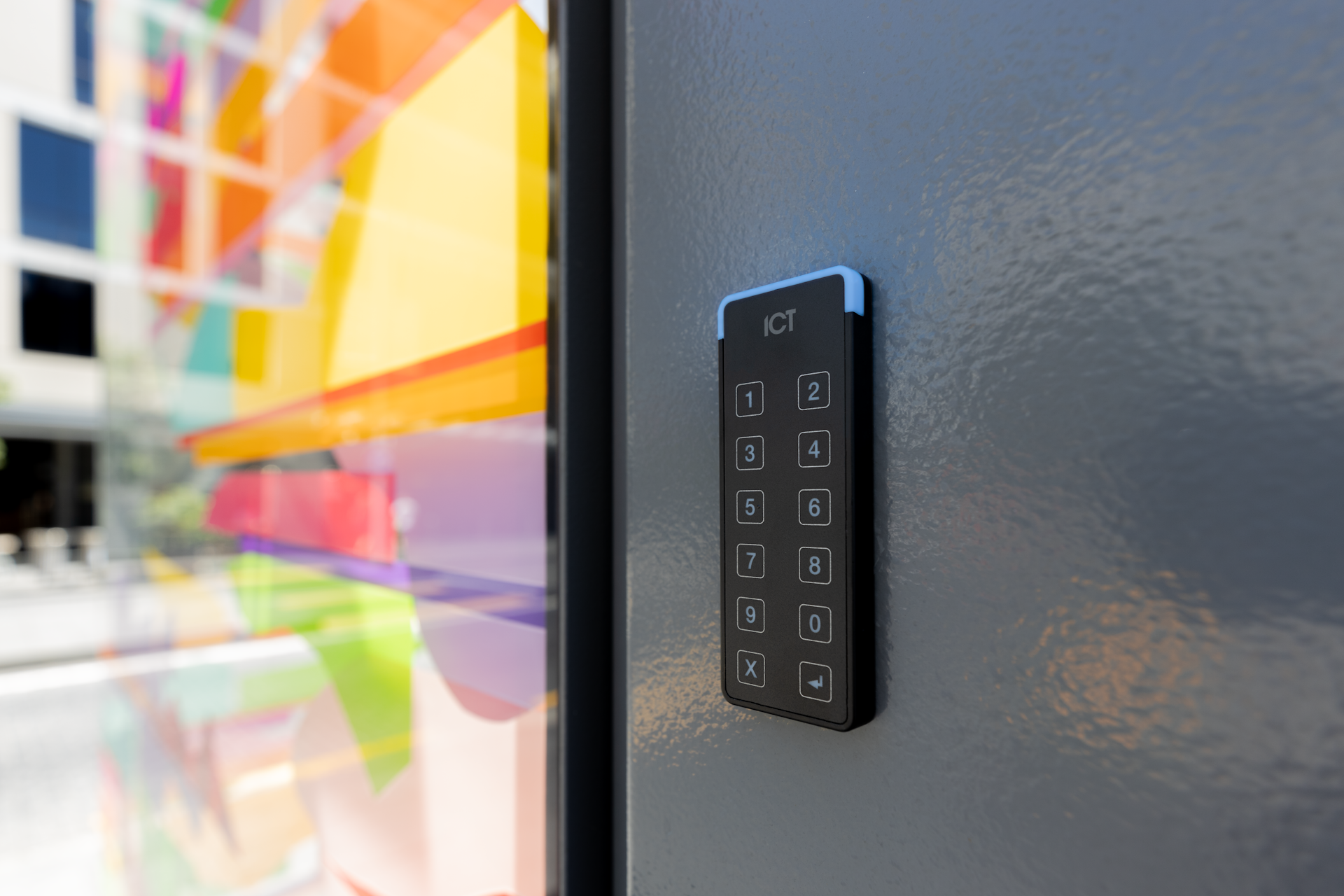What to Do When Your Security Vendor Goes Silent
Your fire alarm shows a trouble signal. Last week's sprinkler inspection never happened, and despite three calls and multiple messages, your vendor...
 |
Fire protection professionals committed to safeguarding lives, property, and peace of mind. |
 |
Solutions designed for your property type, from multi-family housing to healthcare facilities to retail spaces. |

|
Fire alarm, area of refuge, camera, and card access monitoring services. |
 |
Clear communication and instant response when every second counts. |
 |
From kitchens to server rooms, the right protection for every space. |
 |
Keep your primary defense system ready and reliable. |

|
Manage all your properties' access from one simple platform. |
 |
Monitor multiple properties in real time from anywhere, at any time. |

|
Document upcoming maintenance appointments and improve your proactive budget planning. |
 |
Fire Extinguisher Maintenance Checklist Learn the requirements for testing extinguishers monthly, annually, and beyond. |

|
Track all your inspection deadlines in one place. |
 |
Kitchen Hood Inspection Checklist Ensure your kitchen hoods are safe and compliant. Download a complete list of testing requirements. |

|
Guide to Fire & Security Monitoring Your complete property protection handbook in practical terms. |

|
Running a food truck takes work—this guide gives you the tools to keep it safe and up to code. |
 |
Comprehensive Guide to NFPA 13 and NFPA 25 Fire Sprinkler Systems Navigate sprinkler system requirements with confidence using our straightforward guide to codes and maintenance. |

|
Get your essential compliance guide. |
 |
When reliability matters across 18 restaurants, micromanagement doesn't. |
2 min read
Brothers Fire & Security : September 05, 2025

When a sprinkler system bursts at 2:00 AM or a fire alarm won't stop blaring during peak business hours, you need answers fast. The wrong decision could mean water damage, regulatory violations, or even putting lives at risk.
You deserve better than uncertainty during critical moments.
Before any emergency strikes, know your boundaries. NFPA standards clearly define when you can, and must, shut down life safety systems. Your authority typically extends to immediate threat prevention, but full system shutdowns often require fire department approval.
Start by documenting your building's specific protocols. Create a simple checklist that includes:
Post this information at every control panel, and make sure every team member knows where to find it. When seconds count, you won't have time to search through manuals.
A burst sprinkler system flooding an office suite demands immediate action.
First, locate the control valve for that specific zone, not the main water supply. Most sprinkler systems include zone isolation valves that allow partial shutdowns while maintaining protection elsewhere.
If you must close a control valve:
For frozen pipes or anticipated freezing conditions, drain the system only after notifying authorities and establishing alternative fire protection measures. A temporarily disabled system beats burst pipes flooding your property, but only when you follow proper protocols.
False alarms frustrate everyone: residents, employees, and especially you. But silencing an alarm system incorrectly can lead to missed real emergencies.
When dealing with malfunctioning alarms, first verify there's no actual emergency. Then, use your system's "acknowledge" or "silence" function rather than disabling it entirely. This stops the noise while maintaining monitoring capabilities.
For persistent issues:
The best emergency response happens before the emergency. Build your framework now by mapping every shutoff valve, disconnect switch, and control panel in your facility. Train your team quarterly, not just during annual reviews.
Integrated access control systems can support emergency responses by automatically unlocking doors during fire alarms or restricting access to affected areas during water emergencies. Modern systems provide real-time visibility into who's in your building during crises, making evacuations safer and more efficient.
Your emergency response framework should include:
When you face that 2:00 AM emergency, you'll act calmly instead of panicking. Your residents and employees count on your leadership during these moments. With proper preparation and clear protocols, you'll protect both people and property while maintaining compliance.

Your fire alarm shows a trouble signal. Last week's sprinkler inspection never happened, and despite three calls and multiple messages, your vendor...

Winter weather and holiday demands can make managing multi-location security a nightmare. Fall is your best window to upgrade security systems,...

This is a story about a multi-location public facility organization—and the moment they learned their (now former) security vendor was dropping...